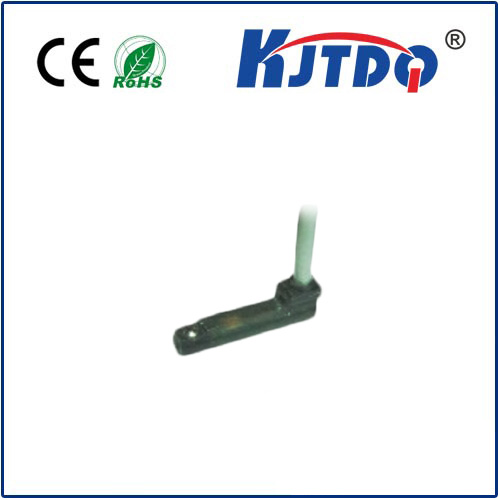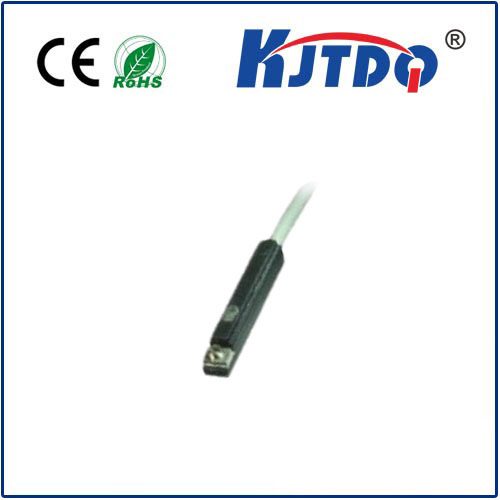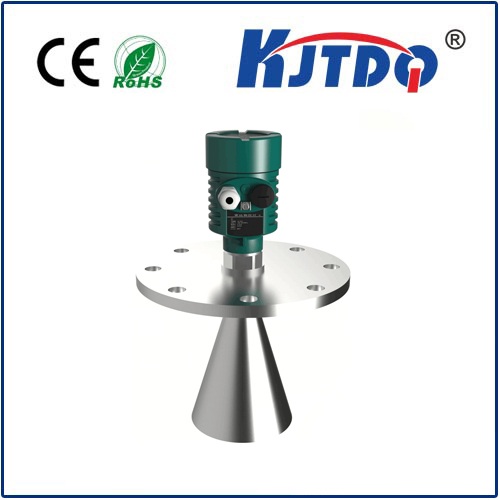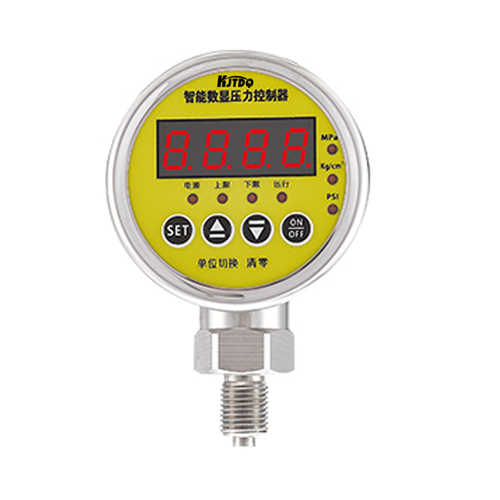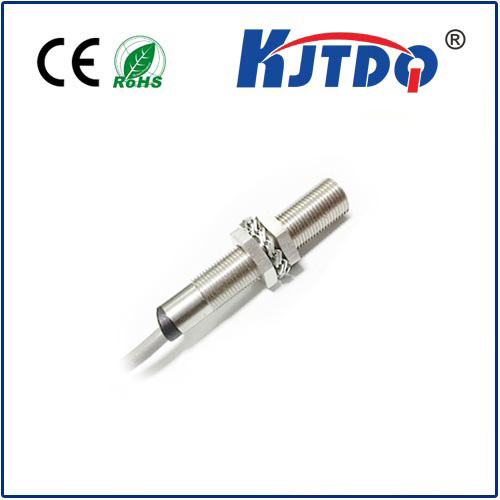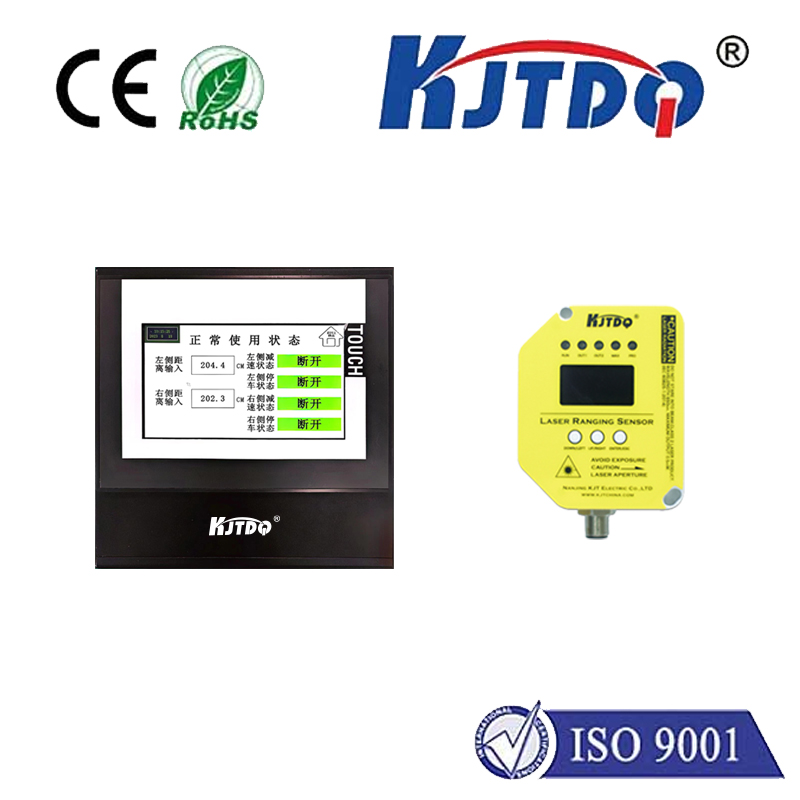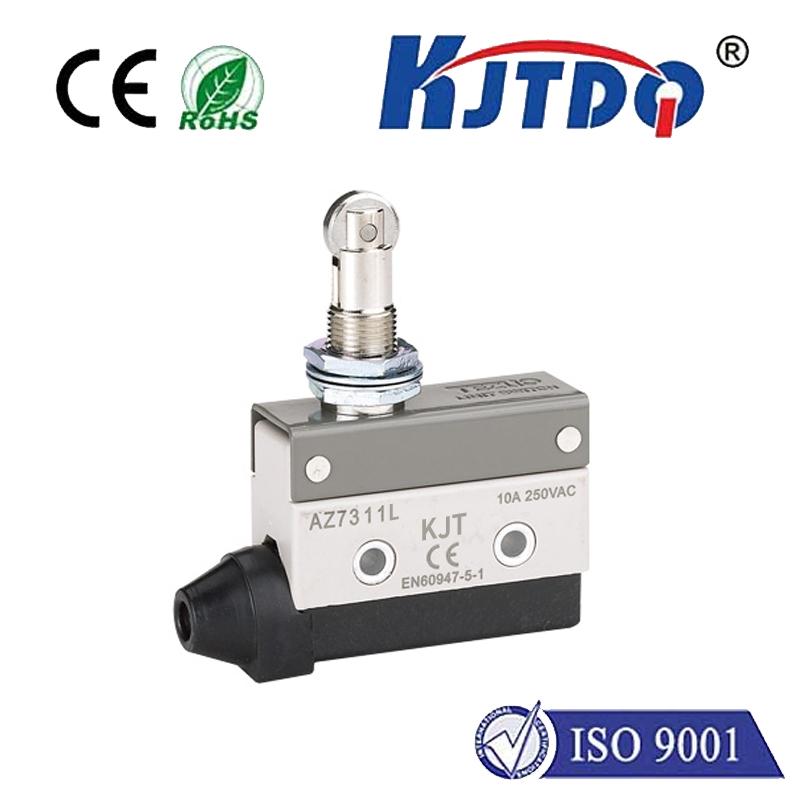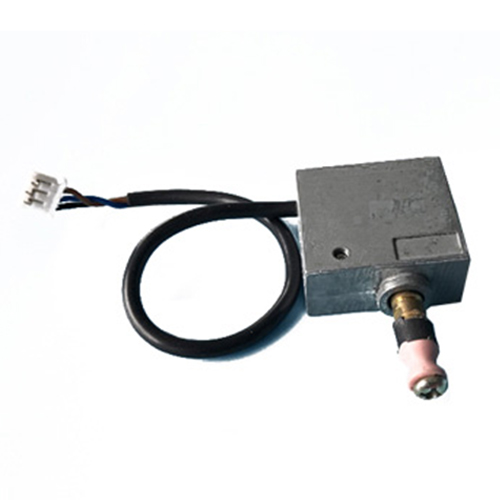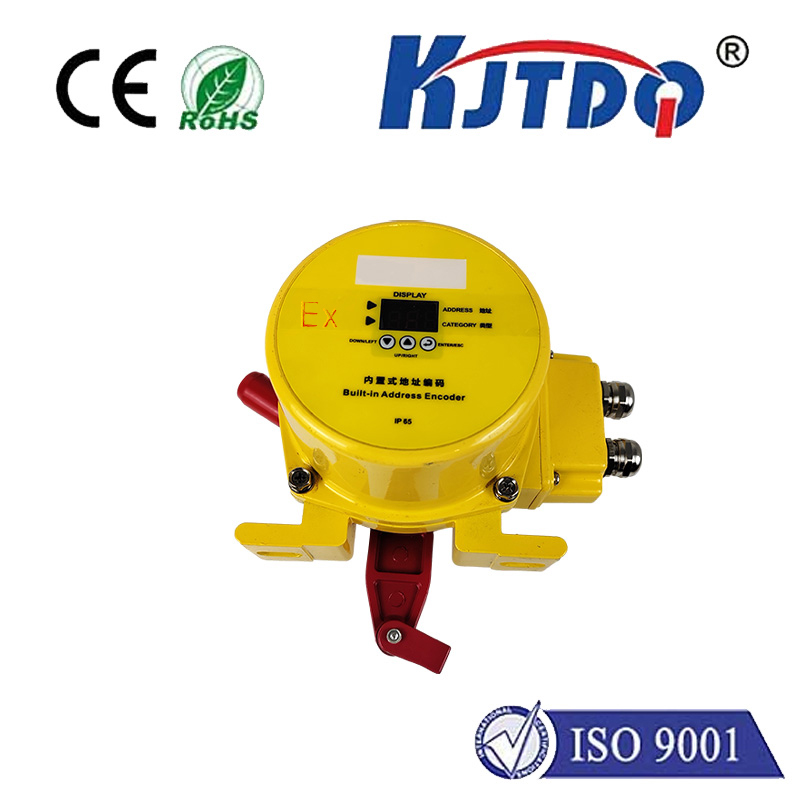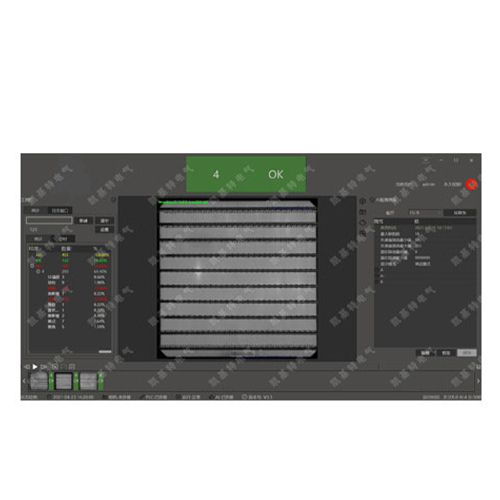

check

check

check

check

check

check

check

check

check

check
Title: Unveiling the World of Proximity Sensors: Innovations and Applications In the ever-evolving landscape of technology, proximity sensors stand out as silent yet powerful tools that have seamlessly integrated into our daily lives. These remarkable devices, designed to detect the presence or distance of an object without physical contact, are revolutionizing industries ranging from consumer electronics to industrial automation.
At its core, a proximity sensor operates on the principle of electromagnetic fields or infrared light to sense nearby objects. Unlike traditional switches or sensors that require physical contact, proximity sensors use capacitive, inductive, or photoelectric methods to detect changes within their vicinity. This non-contact feature enhances durability and efficiency, making them ideal for environments where hygiene, speed, and precision are paramount.
Capacitive Proximity Sensors: These utilize the principle of capacitance variation to detect changes in an electric field caused by the approach of an object. They are widely used in smartphones for auto-brightness adjustment, touchscreen responsiveness, and even in medical equipment for monitoring vital signs without invasion.

Inductive Proximity Sensors: Employing electromagnetic induction, these sensors are particularly adept at detecting metallic objects. Their robustness makes them indispensable in industrial settings, such as controlling conveyor belts, monitoring piston positions in machinery, or managing inventory levels in retail stores.
Photoelectric (Optical) Proximity Sensors: Relying on the reflection of light, these sensors work with both transparent and opaque materials. They are prevalent in applications requiring precise object detection, like packaging machines, safety barriers for automatic doors, and even in robotics for navigation and obstacle avoidance.
Automotive Sector: Proximity sensors contribute significantly to safety features like parking assistance systems, lane departure warnings, and adaptive cruise control, enhancing driver safety and convenience.
Smart Home Technology: From motion-activated lighting to automated vacuum cleaners, these sensors make our homes more responsive, efficient, and user-friendly.
Healthcare: In medical diagnostics and patient care, proximity sensors play a crucial role in monitoring vital parameters, ensuring accurate data collection while maintaining hygiene standards.
Industrial Automation: Streamlining production lines, preventing collisions between machinery, and optimizing supply chain operations—proximity sensors are at the heart of smart manufacturing and logistic processes.
As we look ahead, advancements in miniaturization, energy efficiency, and integration with AI are poised to expand the capabilities of proximity sensors further. With the rise of the Internet of Things (IoT), these sensors will increasingly form the backbone of interconnected systems that promise to make our world smarter, safer, and more sustainable. In conclusion, the realm of proximity sensors is a testament to human ingenuity, demonstrating how seemingly simple technologies can have profound impacts across diverse sectors. As innovation continues, we can anticipate even more groundbreaking applications that redefine the way we interact with our environment and each other.
